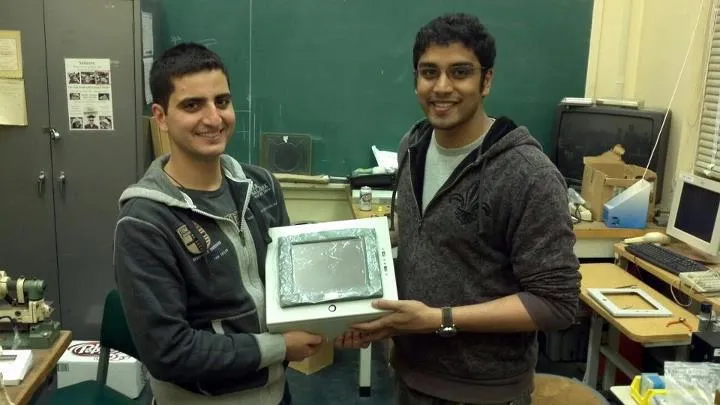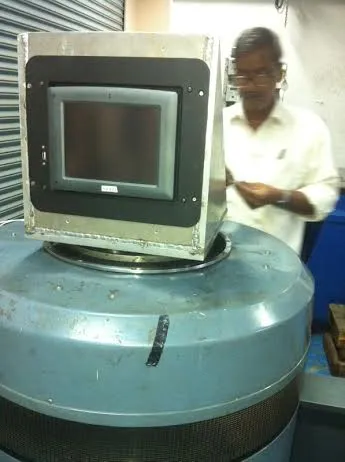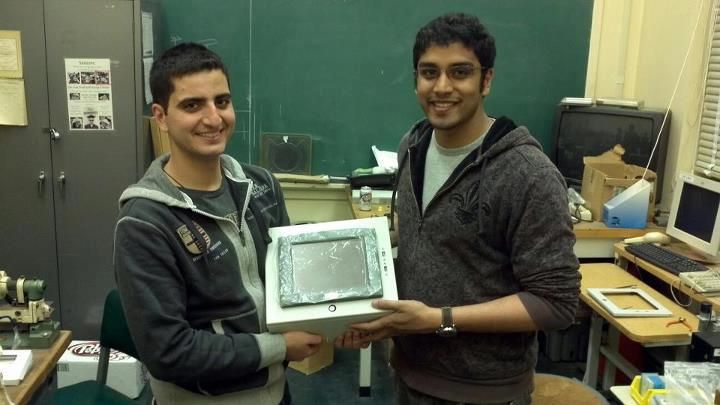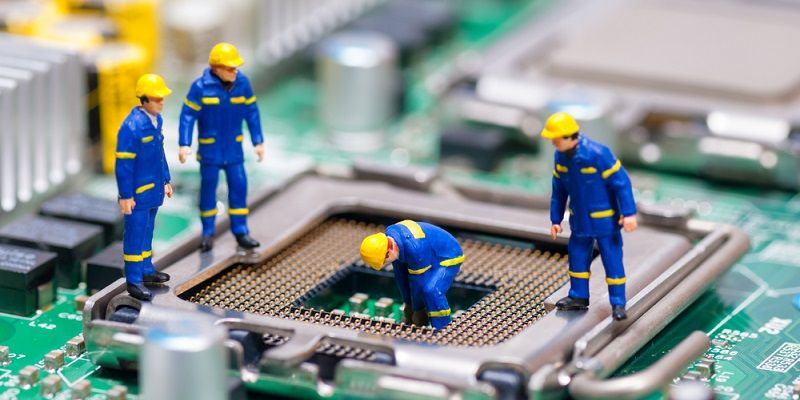Building technology to make Indian Railways safer: Solfice
Fabien Chraim, Anuj Gupta and Sravan Puttagunta met in 2008 at the International House in Berkeley. They went on to continue with their studies before Sravan and Fabien came together in 2010 to start up Solfice with a mission statement that reads- ‘sensing in the interest of society’. They were building stuff combining wireless sensor networks and video/image processing. During their conversations, the duo decided to work towards building a remote sensing solution for railways to improve safety.

In February 2012, the Indian Railways gave them a development order to develop and install prototypes of a human machine interface. “We developed the prototype and are in the advanced stages of deploying the hardware on 3-Phase Electric Locomotives,” says Sravan. Realizing that the driver display unit was a component of a bigger solution, Solfice pivoted towards working on developing intelligent remote sensing algorithms to enable safer operations. Solfice Research developed some preliminary algorithms and is pursing grants from NSF's SBIR program. It is also speaking with RDSO to determine the scope of train vision.
More on the problem and the technology
Solfice is primarily a remote sensing company that is building 'train vision'. If one examines the safety records of the rail industry worldwide, many accidents are due to either human error or derailment.
Train wrecks are incredibly destructive, from casualties on commuter trains to environmental catastrophes on hazardous freight trains. If one analyzes the accident records in the last decade and categorizes them into various case profiles such as derailments, collisions and crossing accidents, it is possible to identify gaps in rail safety.
To address these issues, Indian Railways is seeking new technology to augment its current infrastructure for more autonomous decision making in the trains. The effort is to reduce the risk of human error or derailments due to speed violations. To augment these efforts to increase safety, Solfice Research is proposing to develop a safety enhanced system to reduce the likelihood of derailments and collisions.

During the Bay Area NSF I-Corps program 2013, Solfice Research conducted 124 interviews with regulators, potential customers and investors, including the Railway Board in India. The firm collected data points regarding customer needs, regulatory processes, potential integration partners and investor interest in the technology to validate our research efforts.By validating pain points, “nice-to-have” features and “want-to-have” features throughout each interview process, Solfice Research came to a realization that there is a huge market need and opportunity for solving the vehicular positioning problem in the railway industry. Operators are paying premium prices to implement PTC systems on their networks in order to provide additional safety features. However, system integrators are paid a set margin on the hardware they supply to the railway operators. In India, this cost is roughly $30,000 per kilometer to become PTC compliant.
Based on feedback from industry partners, it is estimated that the current wayside interface unit costs $25,000/unit excluding costs of deploying concrete foundations and maintenance. The underlying bottleneck for deploying PTC systems worldwide is the hardware cost constraint for deploying millions of wayside interface units throughout the railway track network. Solfice Research has decided to focus on removing the need for wayside signalling equipment to determine location information using train vision.
The technology is being tested and the company is still away from integrating it with the Indian Railways but the IP generated has a lot of use cases. Know more about them here











